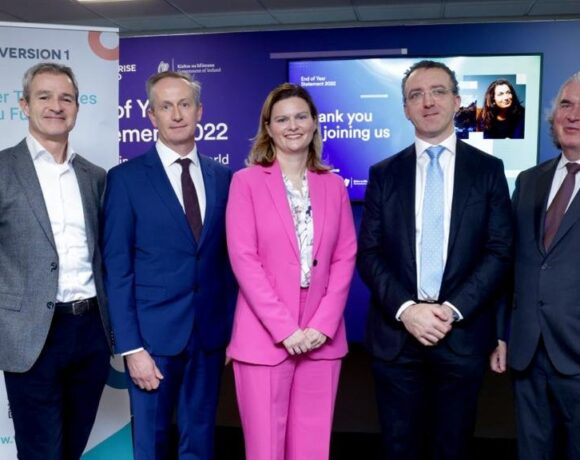As the year end approaches now is an ideal time for PAYE workers to look ahead to 2023 and review their tax affairs to ensure they are maximising their entitlements to tax credits and other reliefs. Claire Davey, Director, People Services, KPMG Tax, provides some key insights.
What Revenue Facilities are Available for PAYE Workers?
The vast majority of Irish employees pay income tax on their earnings through the Pay As You Earn (PAYE) system. The PAYE system was overhauled in 2019 with the introduction of Real-time reporting for PAYE (RTR). The aim was to make the payroll reporting process more efficient and reduce the administrative burden on employers.
Whilst employers did find the cross-over to RTR challenging at first, overall, it has proved to be a successful transition, and the improvements over the pre-2019 system are well recognised.
Certainly, the employee experience under RTR has vastly improved as individuals can now access up-to-date information on their periodic wage/salary payments. Taxpayers can also review their tax rate bands and credits entitlement which can be seamlessly transferred between employments.
Building on RTR Revenue has also developed a range of online facilities to help PAYE workers manage their tax liabilities.
Some of these Revenue facilities that every PAYE worker should become familiar with to keep their income tax liability to a legal minimum are discussed in this article.
Claiming Your Refunds and Credits
For PAYE workers, the quickest and most convenient way to make a tax refund claim is online using MyAccount on Revenue’s website. My Account is also fully accessible on any mobile phone device.
Registering With Revenue
The first step is to register for MyAccount which can be done in a matter of minutes by following a few steps on www.revenue.ie simply by providing details such as PPS number, date of birth, mobile number, email address, and home address.
When registering, it is also worth adding your bank details to your MyAccount profile so any tax refund can be paid directly into your bank account within a couple of working days.
Filing a Tax Return
To claim refunds or tax credits and reliefs, PAYE workers generally should file a Form 12 which can also be accessed and completed on MyAccount. The online return is user-friendly and information such as personal details, salary, and taxes paid during the year will already be pre-populated by Revenue in the online return.
For employees, tax credits such as the standard personal tax credit and employee tax credit are awarded automatically via the PAYE system in real-time on payment of your wages. There are, however, a number of tax credits and reliefs which must be actively claimed by the individual.
Medical Expense Claims Using the Receipts Tracker
Tax relief for medical expenses is the most common tax relief that PAYE workers can claim by completing a Form 12. Revenue developed an online Receipts Tracker for uploading copies of the medical receipts and the claim is then automatically populated on the online tax return.
Using Revenue’s Receipts Tracker dispenses with the obligation to retain hard copies of receipts for a six-year period on making a tax claim as required under tax law.
Real-Time Tax Relief Facility
Tax relief on medical expenses and working-from-home tax relief can be claimed in the tax year rather than waiting until the year is over to make a claim. The Real-Time Credit facility is available in myAccount. By using this facility, the tax relief is applied in real time and the resulting refund can be received shortly after the claim is made. This is very helpful in managing cash flow, particularly on the larger expense items, such as orthodontics or fertility treatment and nursing home fees.
Pay the Right Tax at the Right Time
The PAYE system is designed to collect an employee’s tax liability on remuneration via payroll over the year. However, there are situations that may give rise to an underpayment of tax, for example a change of employment during the year which may result in tax credits going askew, or illness/maternity benefit payments not taxed through payroll during the year. Also, more recently, Covid wage supports were not taxed via payroll in the year of receipt and this has resulted in tax underpayments being carried forward to later years.
Avoiding Underpayment & Declaring Additional Income
All these scenarios can result in an underpayment of tax at the end of the year. Revenue typically collects this tax by reducing the employee’s tax bands and credits over several years, but this means that net take-home pay is reduced over the collection period.
A thorough working knowledge of MyAccount empowers employees to take control of their tax position to avoid or reduce such underpayments. Employees can really benefit by getting into the habit of reviewing their Preliminary end-of-year tax statement in MyAccount each January to verify if they are receiving all tax credits and reliefs due.
Employees may also have additional income to declare outside the PAYE system such as rental income, dividend income etc. Within certain limits this can all be conveniently declared on the Form 12 available on MyAccount.
Source: KPMG Ireland













